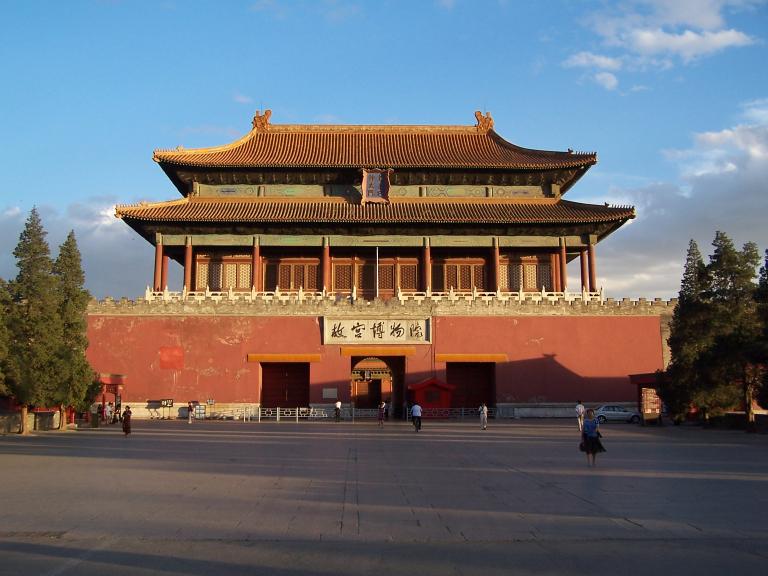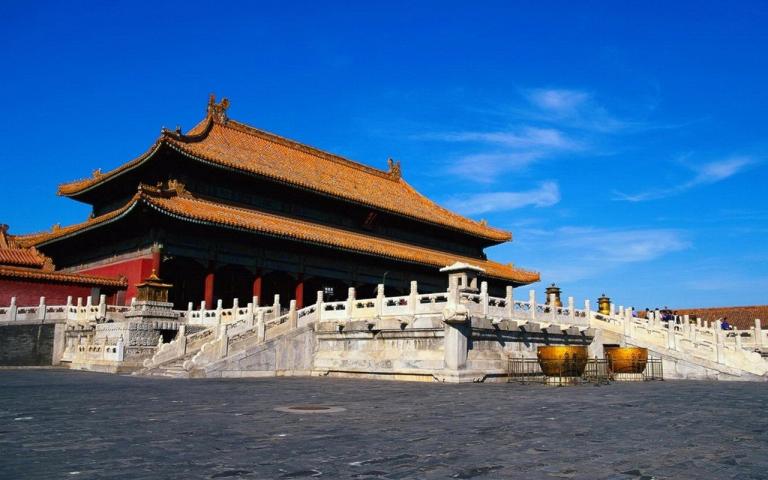Royal Architecture in ancient China
3 min readRoyal architecture mainly refers to the palace and imperial tombs. The palace is the highest, most luxurious and valuable architectural type for emperors to live in life. It represents the highest level of architectural skills of the time, since large quantity of wealth, best materials and craftsmen were expended in its construction. Imperial tombs are still the highest, most luxurious and valuable architectural type for emperors to sleep after death. To a certain extent the tombs draw much more attention from the people today, because there is always some mystery in them.
The Chinese palaces could be traced to the 20th century BC. At the beginning, the term”palace”indicated the house of a”saint”, and later in the Qin Dynasty,”palace”referred specially to the place where the emperor lived.A palace consists of a group of halls, which constitute the most important buildings in the palace. It is the embodiment of the feudal system of patriarchal clans, and symbolizes supreme imperial power.

Architectural features reserved solely for buildings for the emperors are as follows:
Colors
(1) Yellow is the symbol of the royal family, and it is the main color in the palace. So the roof tiles are in yellow and the rooms are mostly decorated in yellow.
(2) Red is the symbol of happiness in China and it is also the color to ward off the evils. So the walls around the city is in red and the surface of wooden columns is in red.
(3) Blue is the symbol of the sky. In the Temple of Heaven the use of blue in roof tiles is fully displayed because the Temple of Heaven is a place to pray to the heaven.
Animals
Chinese dragons were always carved on the roofs, on the beams and pillars, and on the doors in the palace. Dragon in
China is the symbol the highest power.
And because lion is regarded as the king of all animals and it can rid evil spirits and show dignity and power,a pair ofstone or bronze lions are often set in front of the gate of each palace or hall.
Pheonix are taken as the queen of birds, so in the buildings for the empress and concubines there were pheonix patterns.
Cranes and tortoises are the symbol of longevity, so in the pool or lakes or yards there were great crane and tortoise statues.
Numerology
Nine is the greatest number in China. Nine is used in much of construction. For example, there were always nine dragons caved on the wall or on the pillars. The Forbidden City altogether contains 9,999 rooms. The Imperial Palace in Shenyang has 999 rooms.
Five is also often used in the palace building. For example there were always five arches for the gates, with the centre one for the Emperor himself to walk on.
Orientation
In China the sun always rises in the east. The Chinese is a nation worshipping the sun. So Imperial buildings always sit in the east in the direction of the rising sun.









